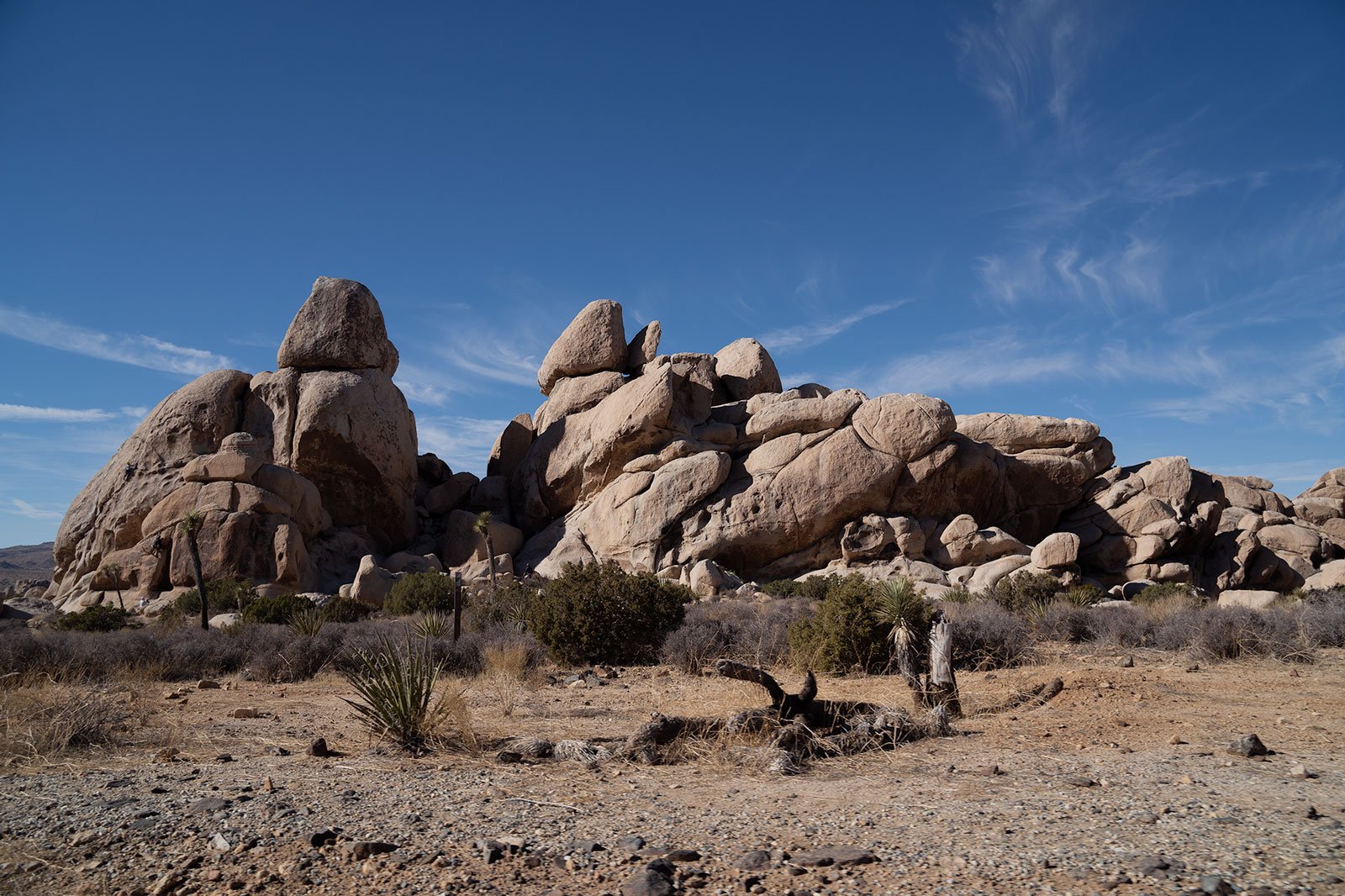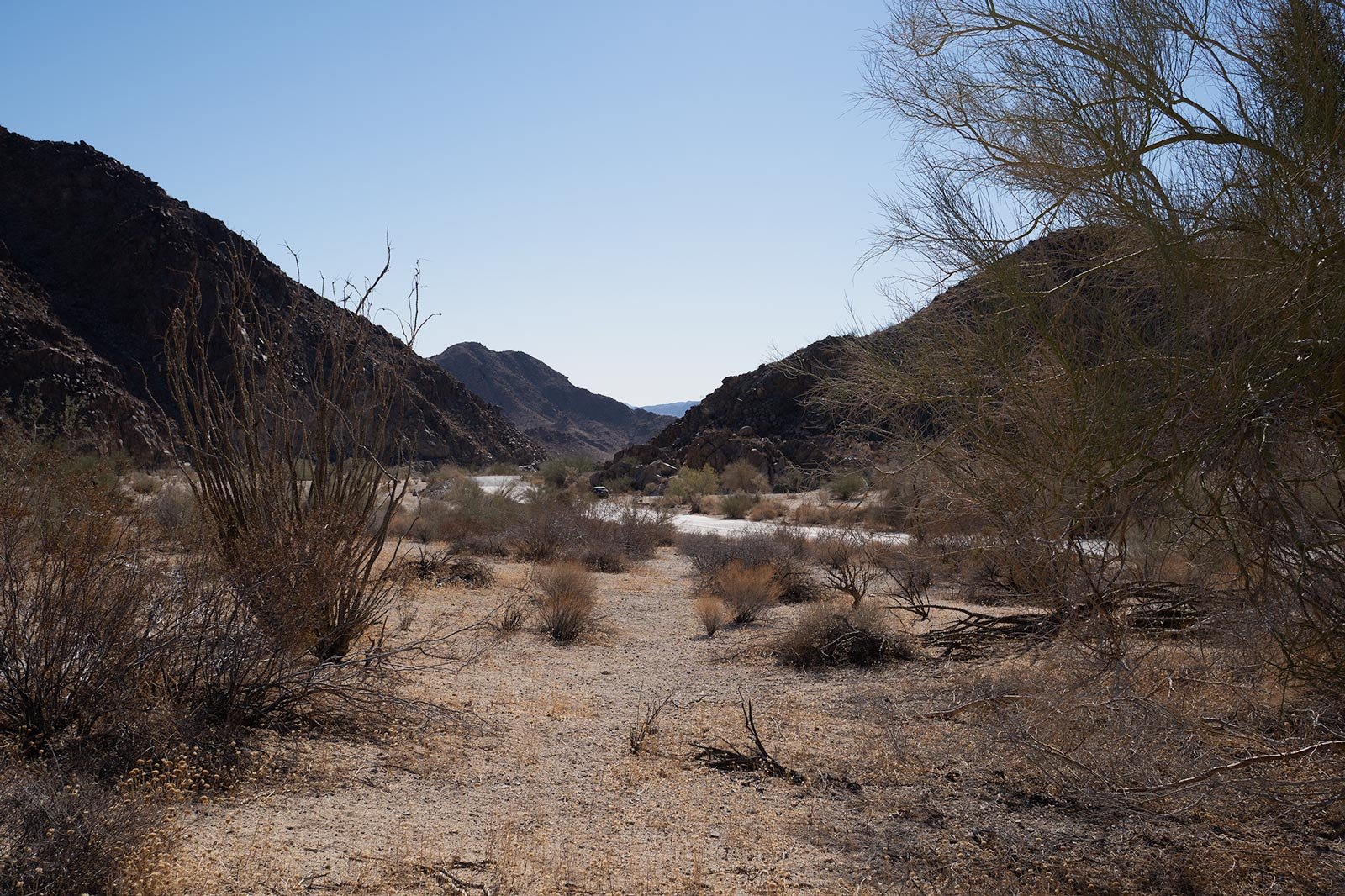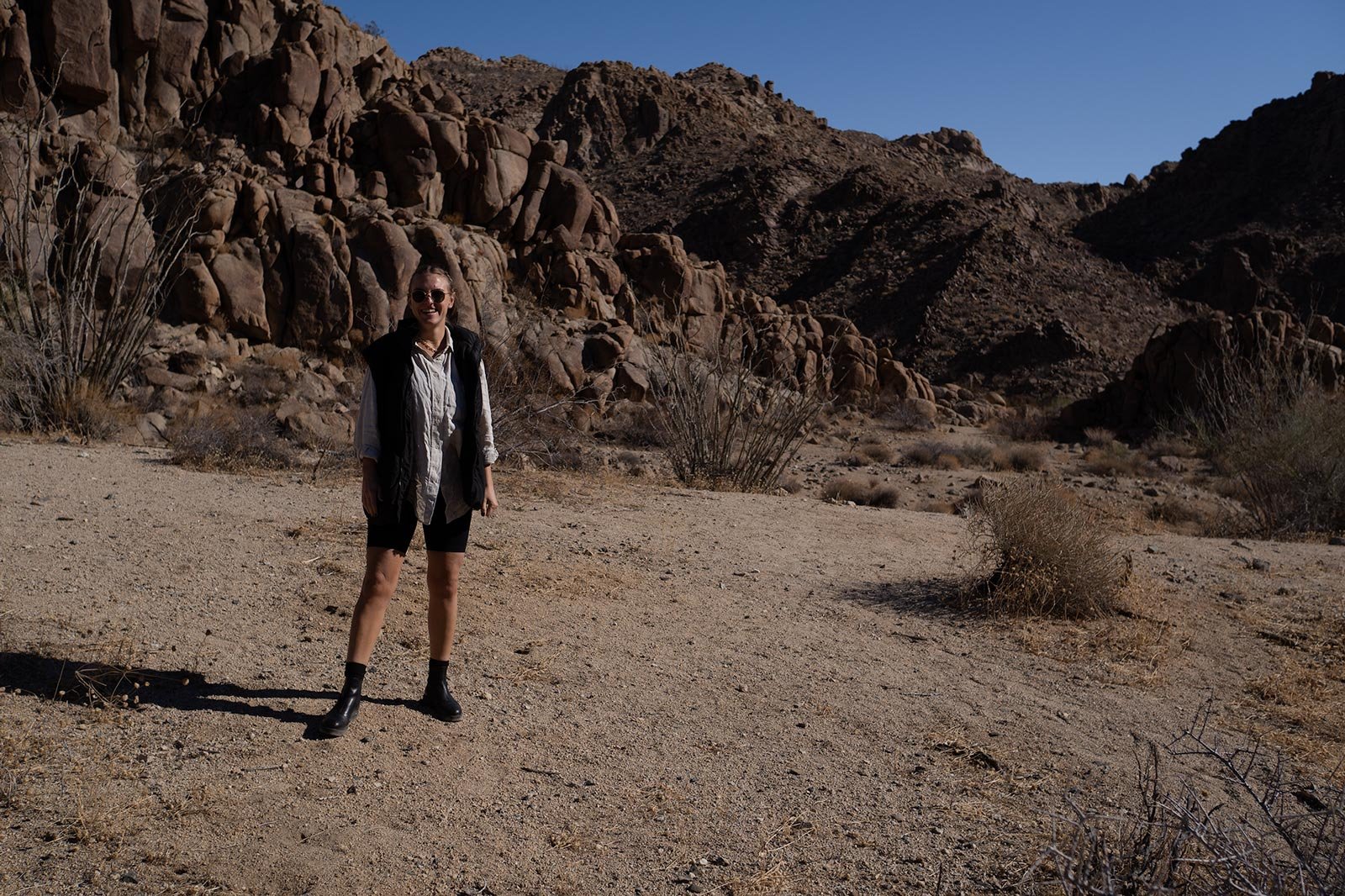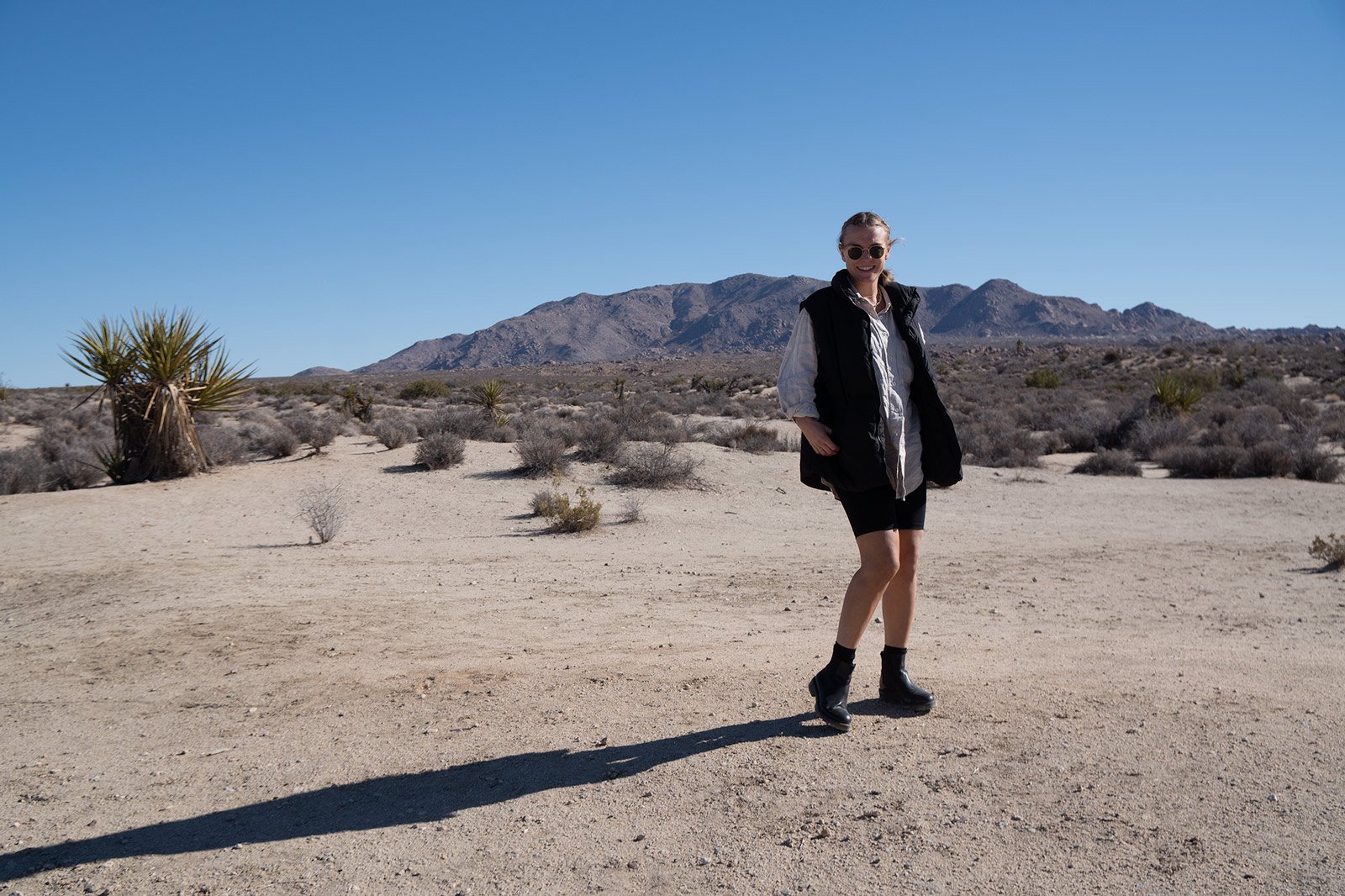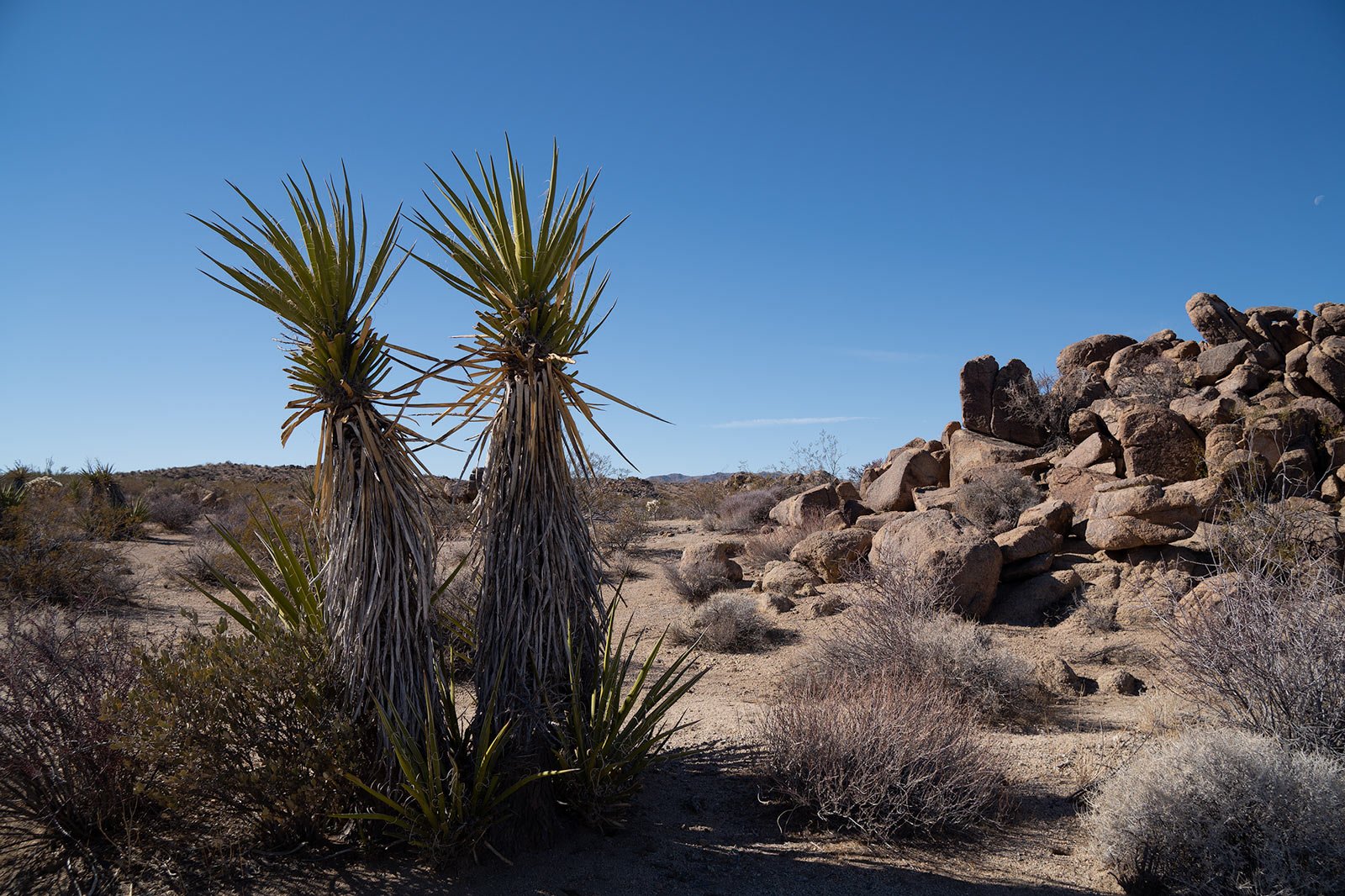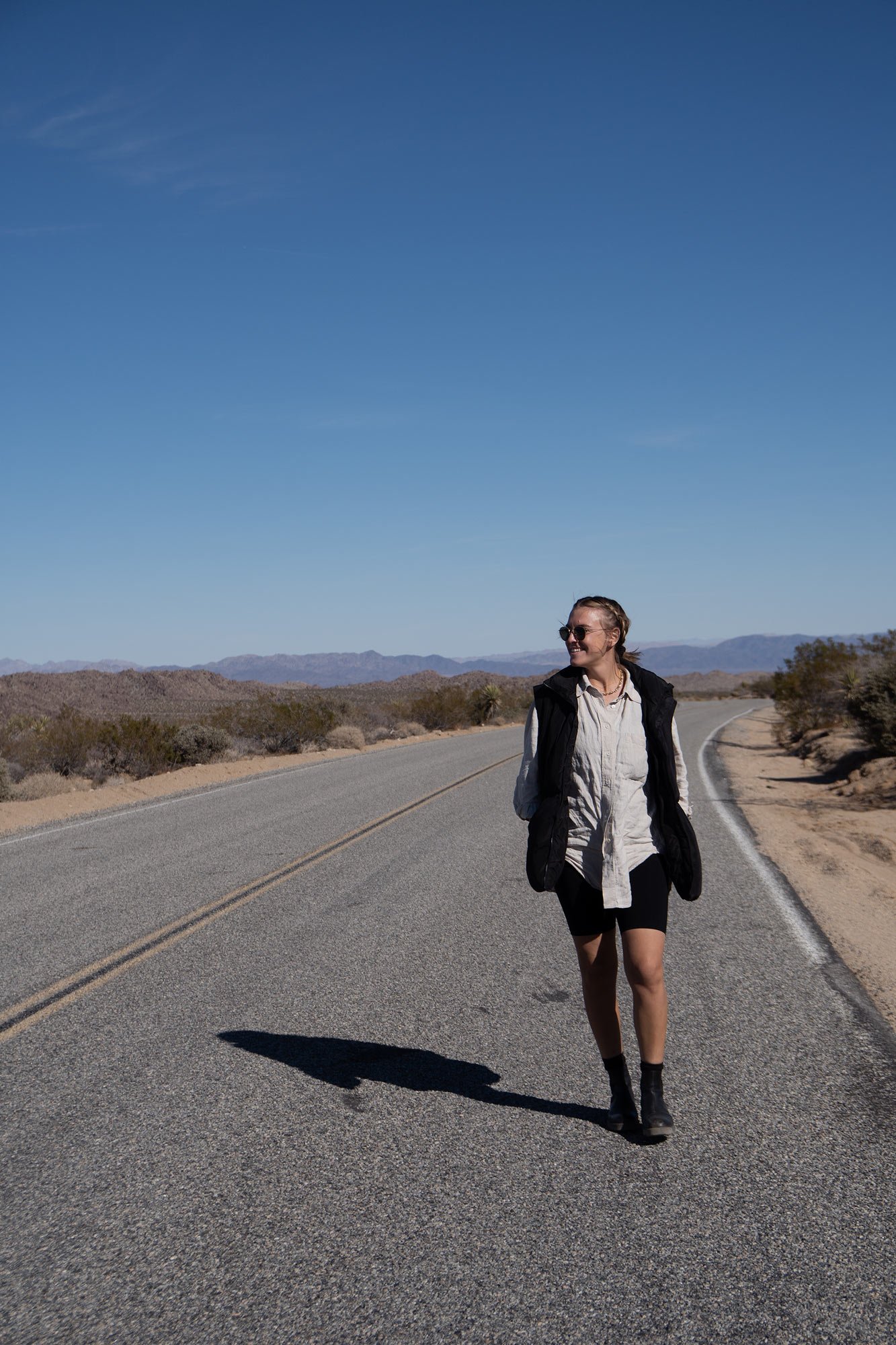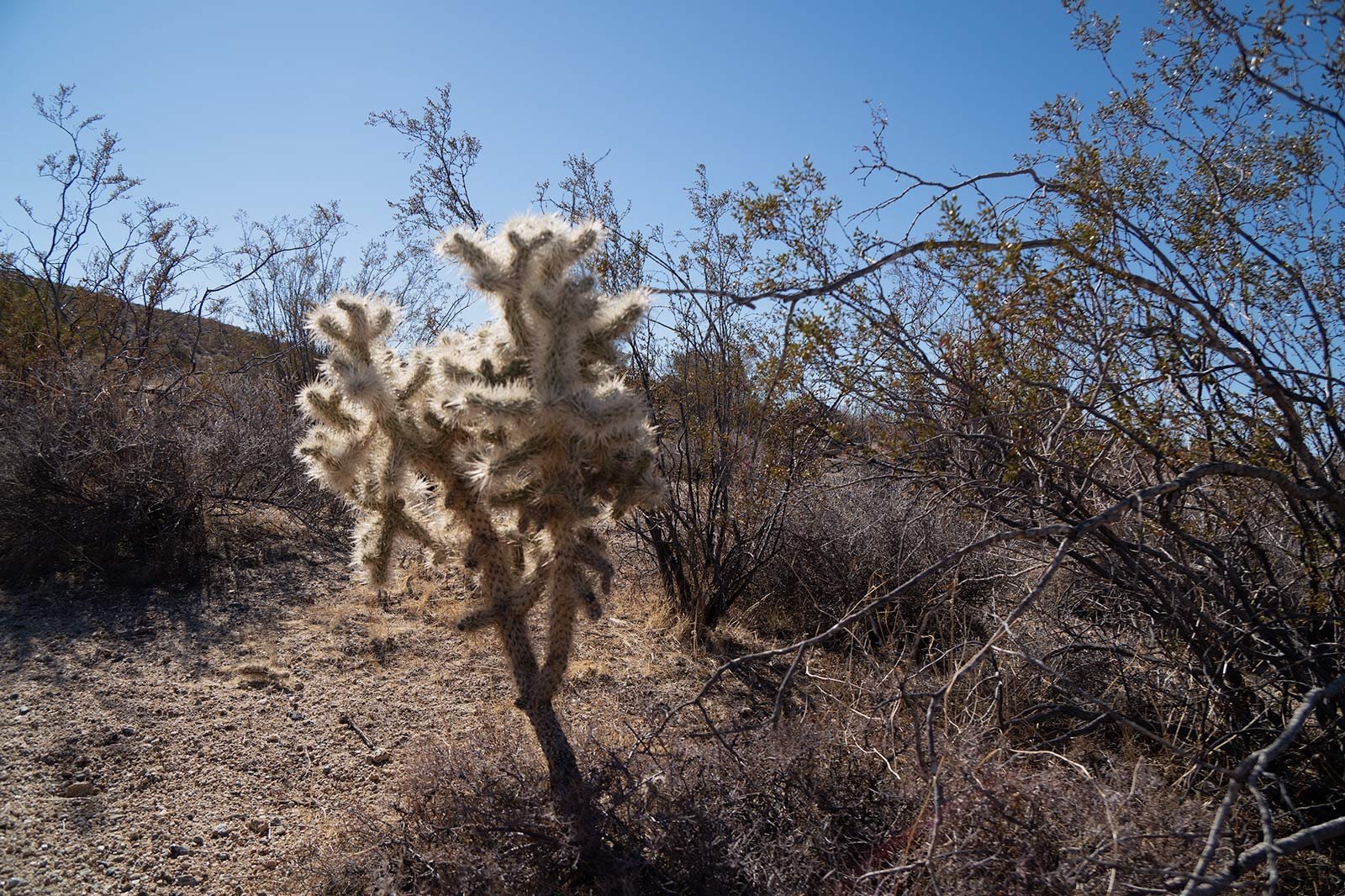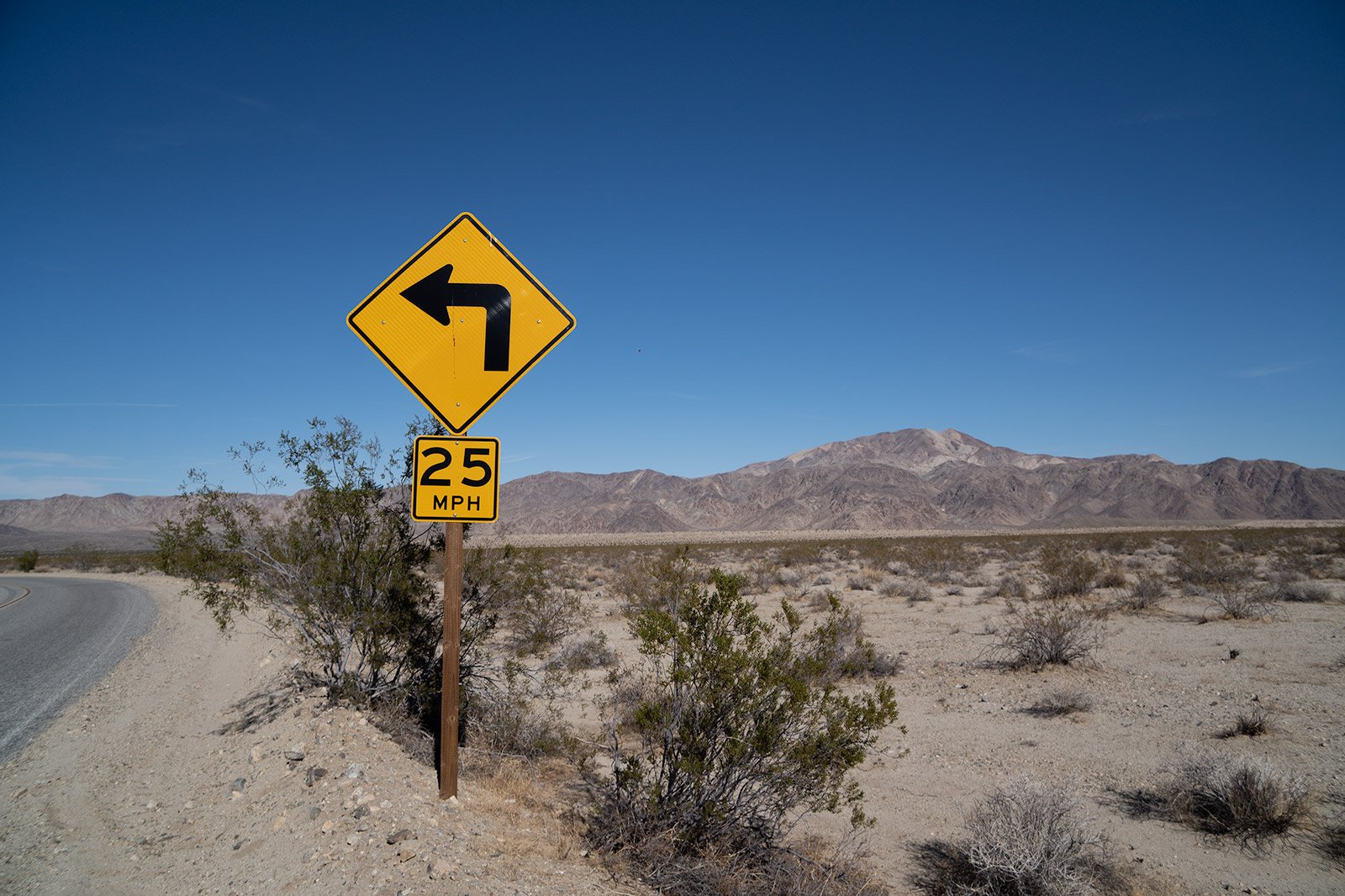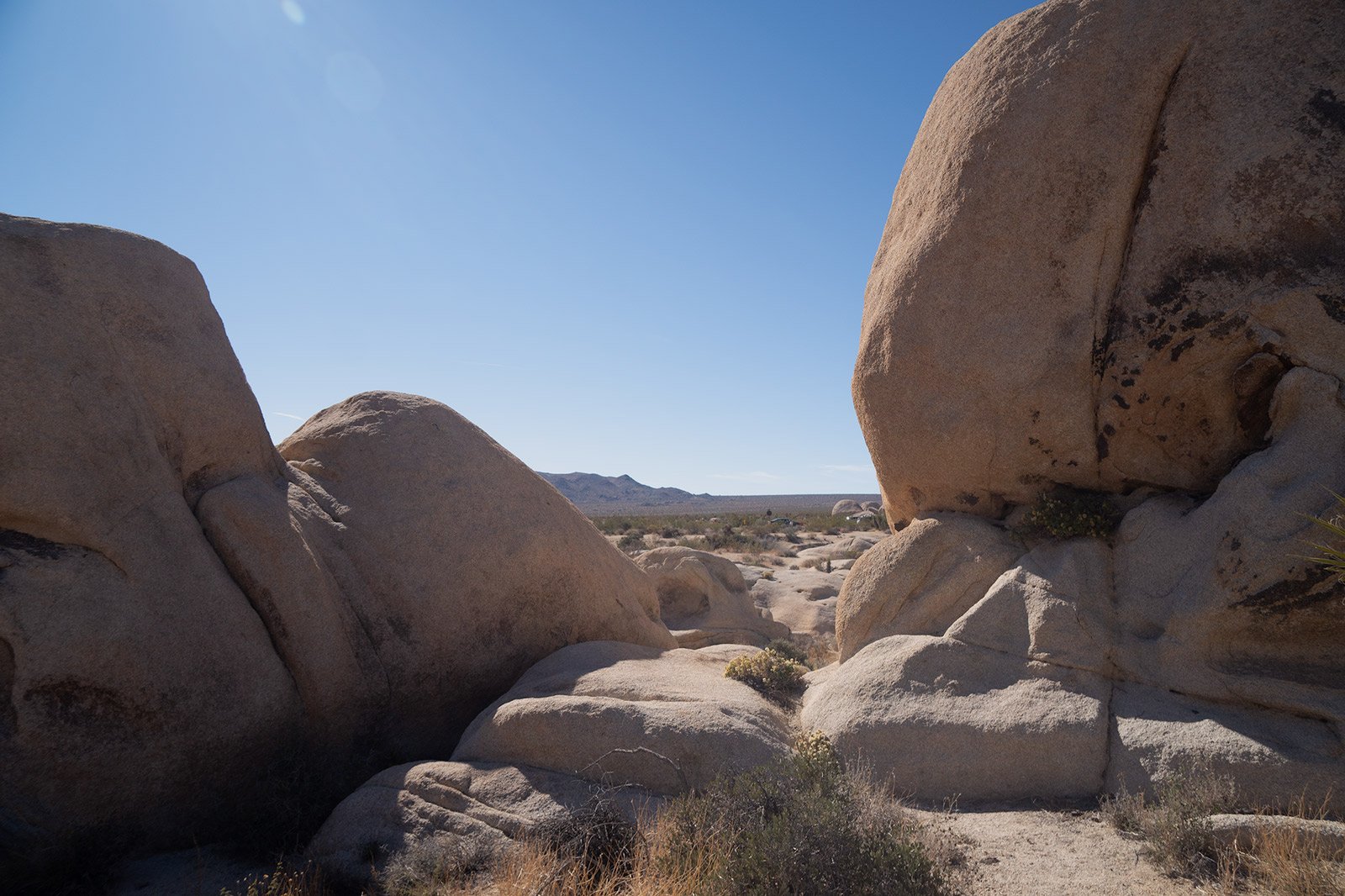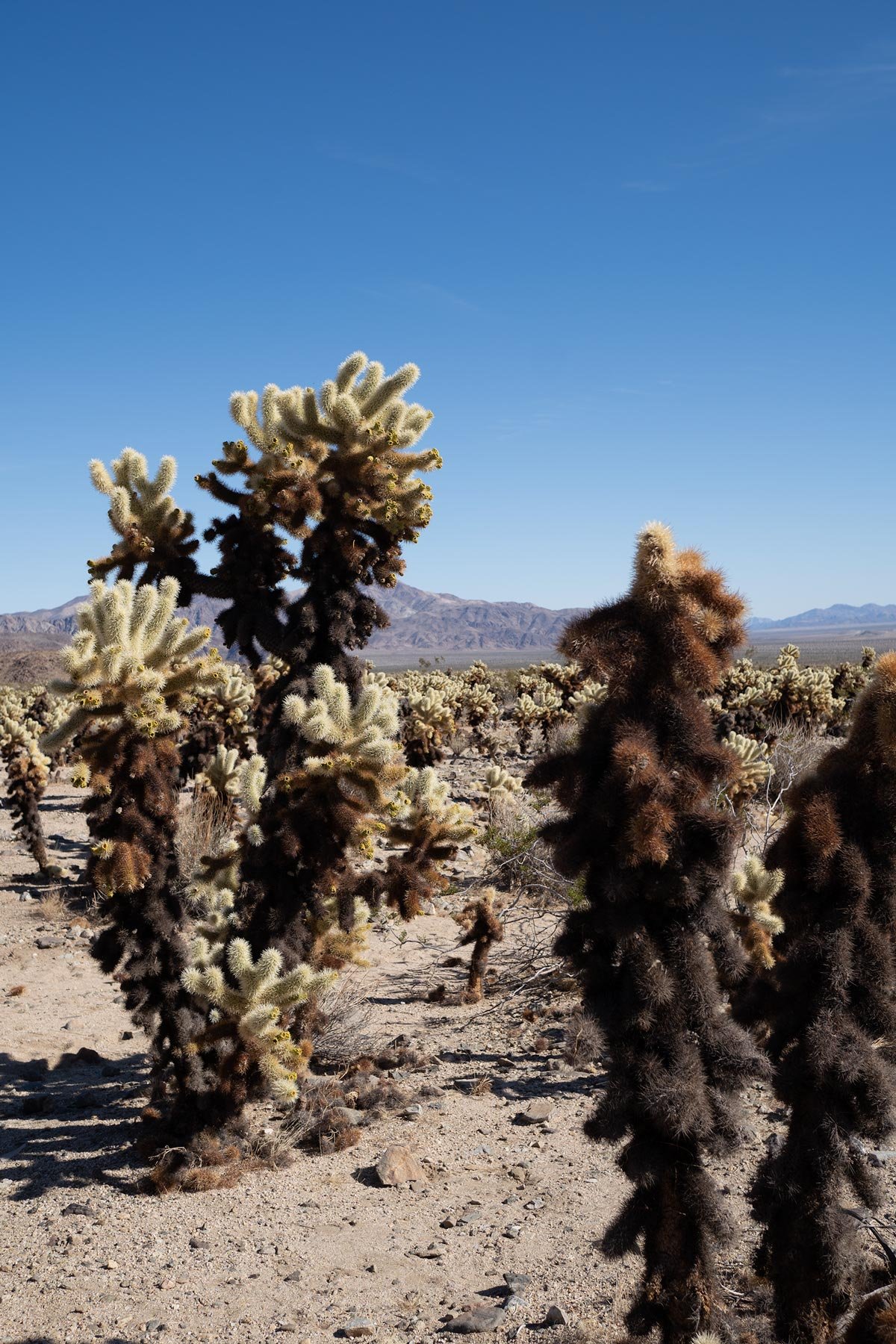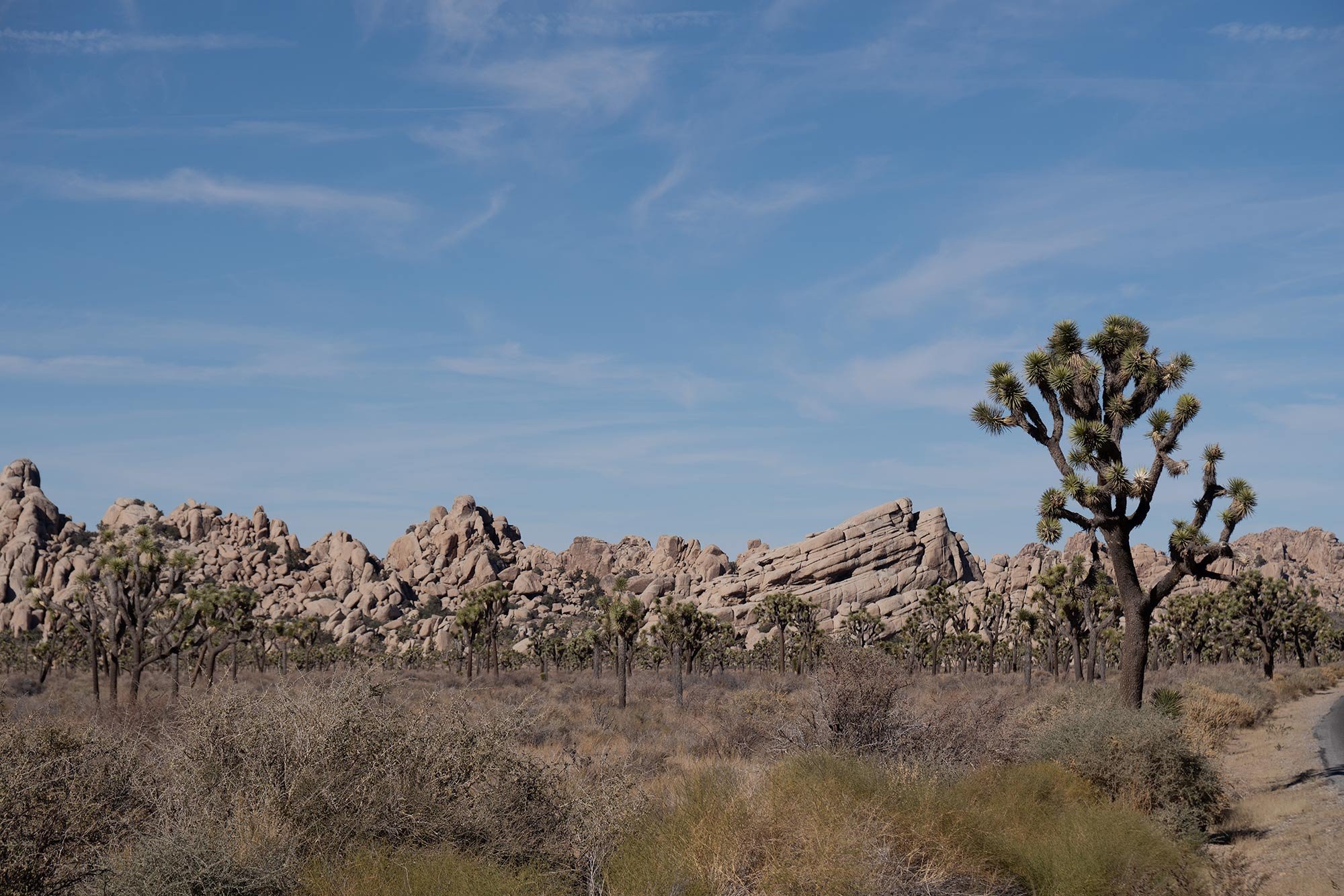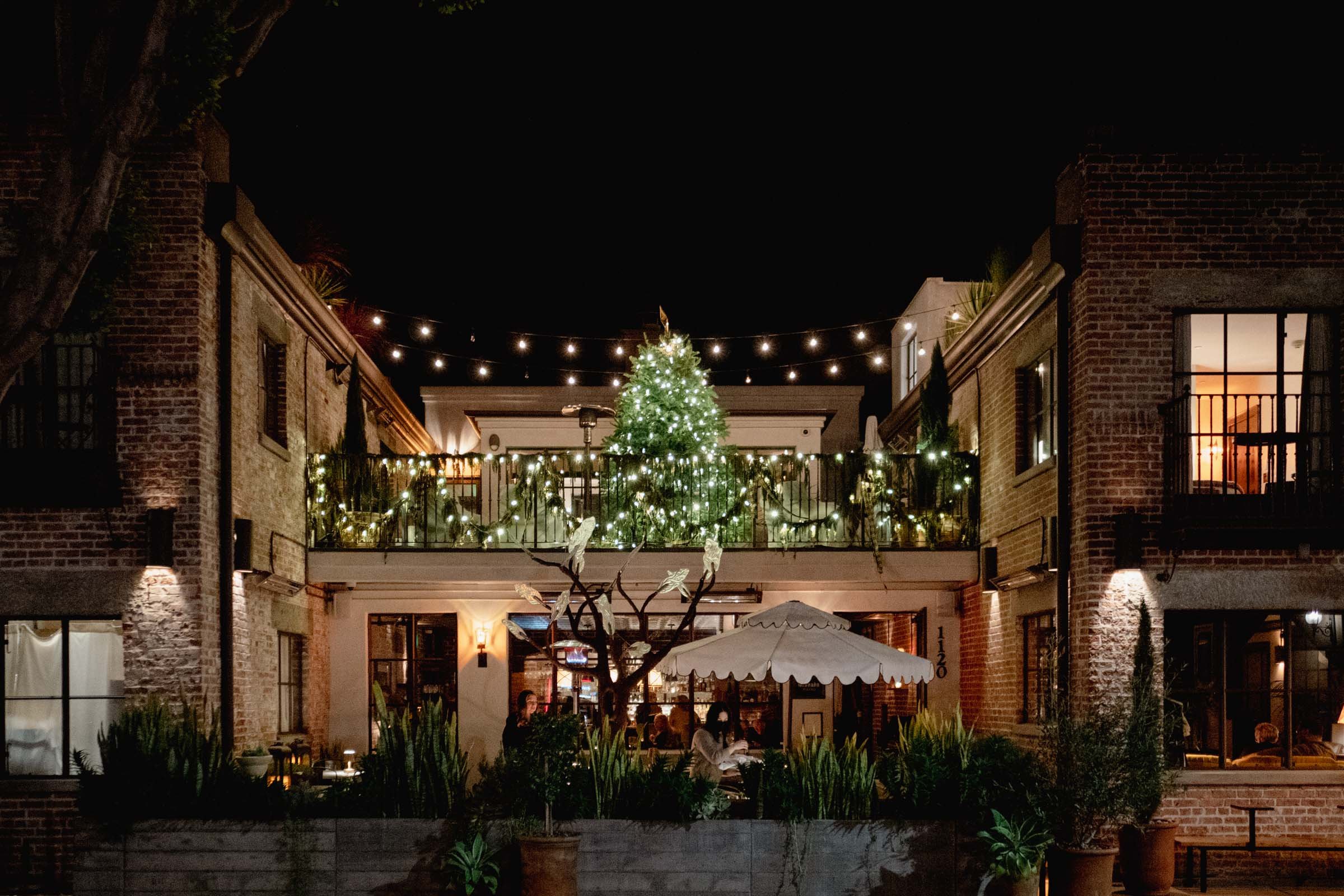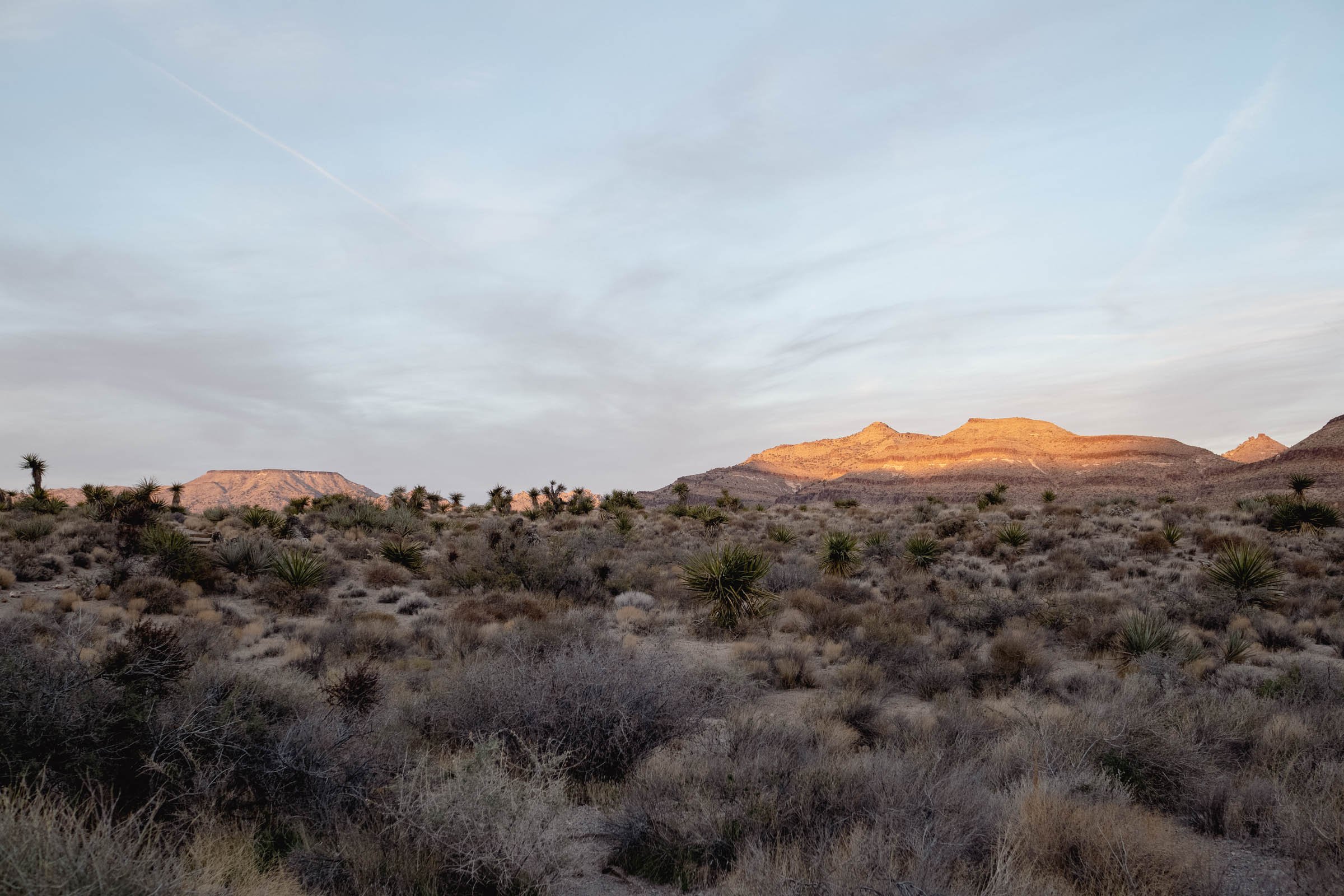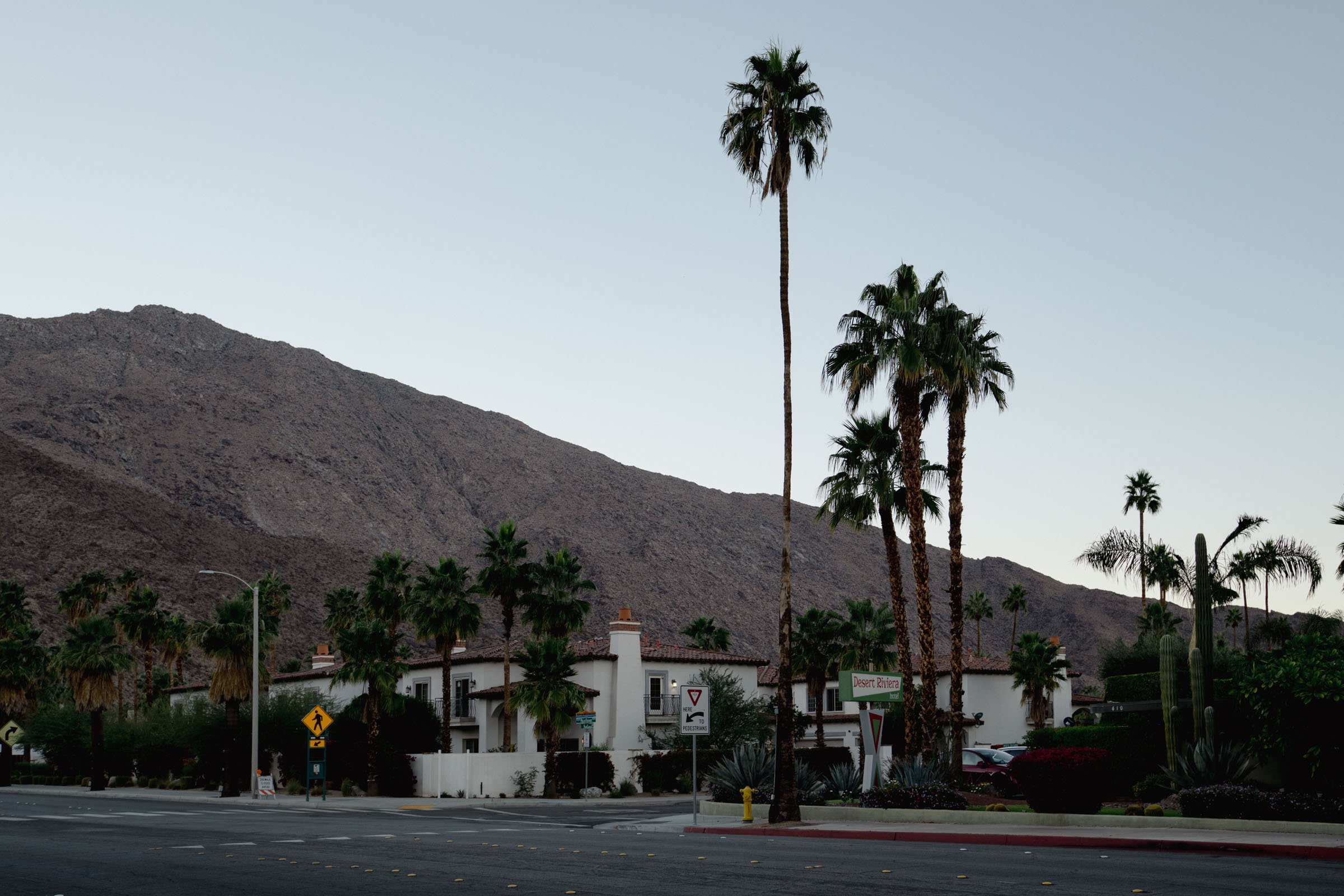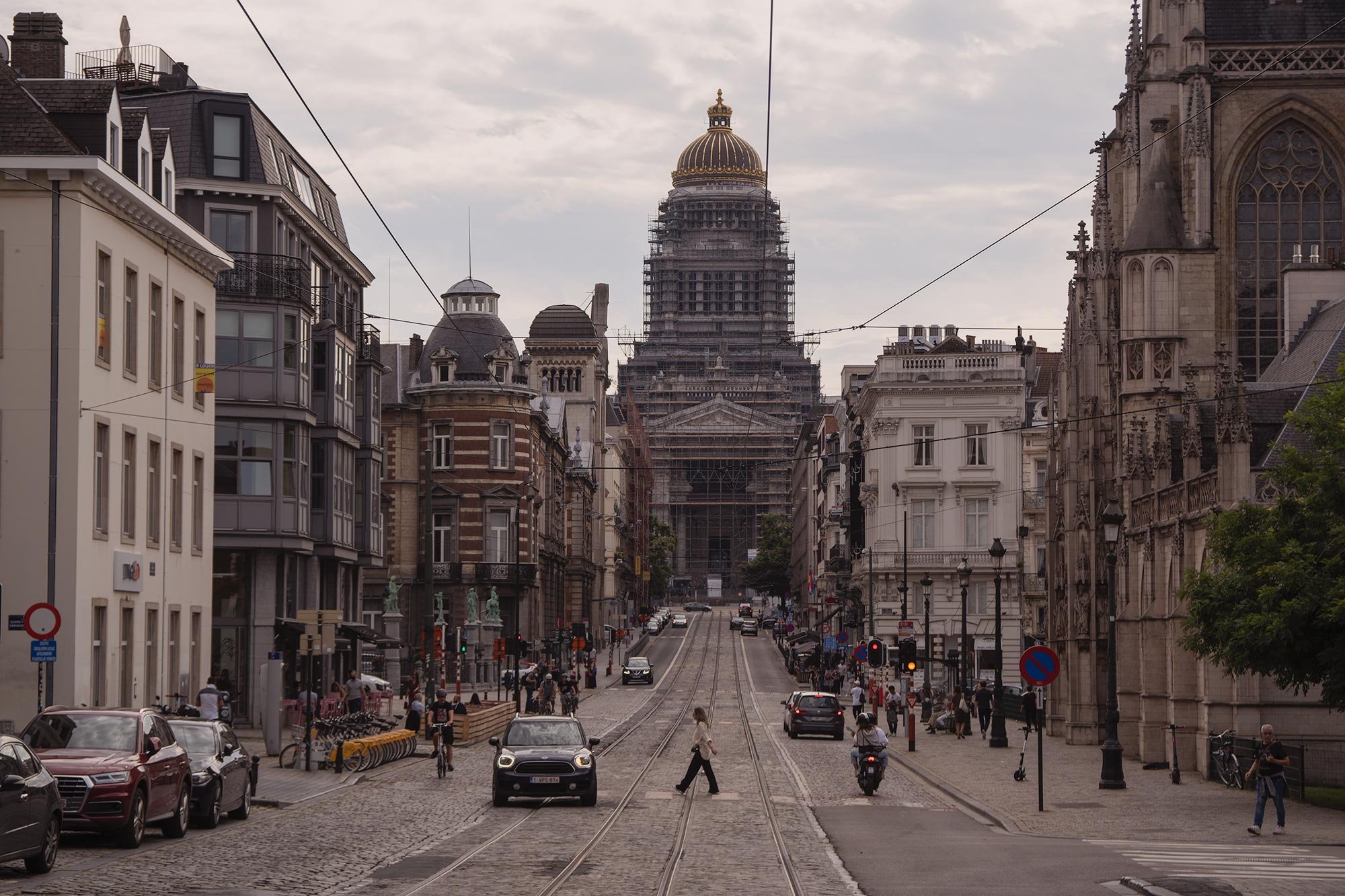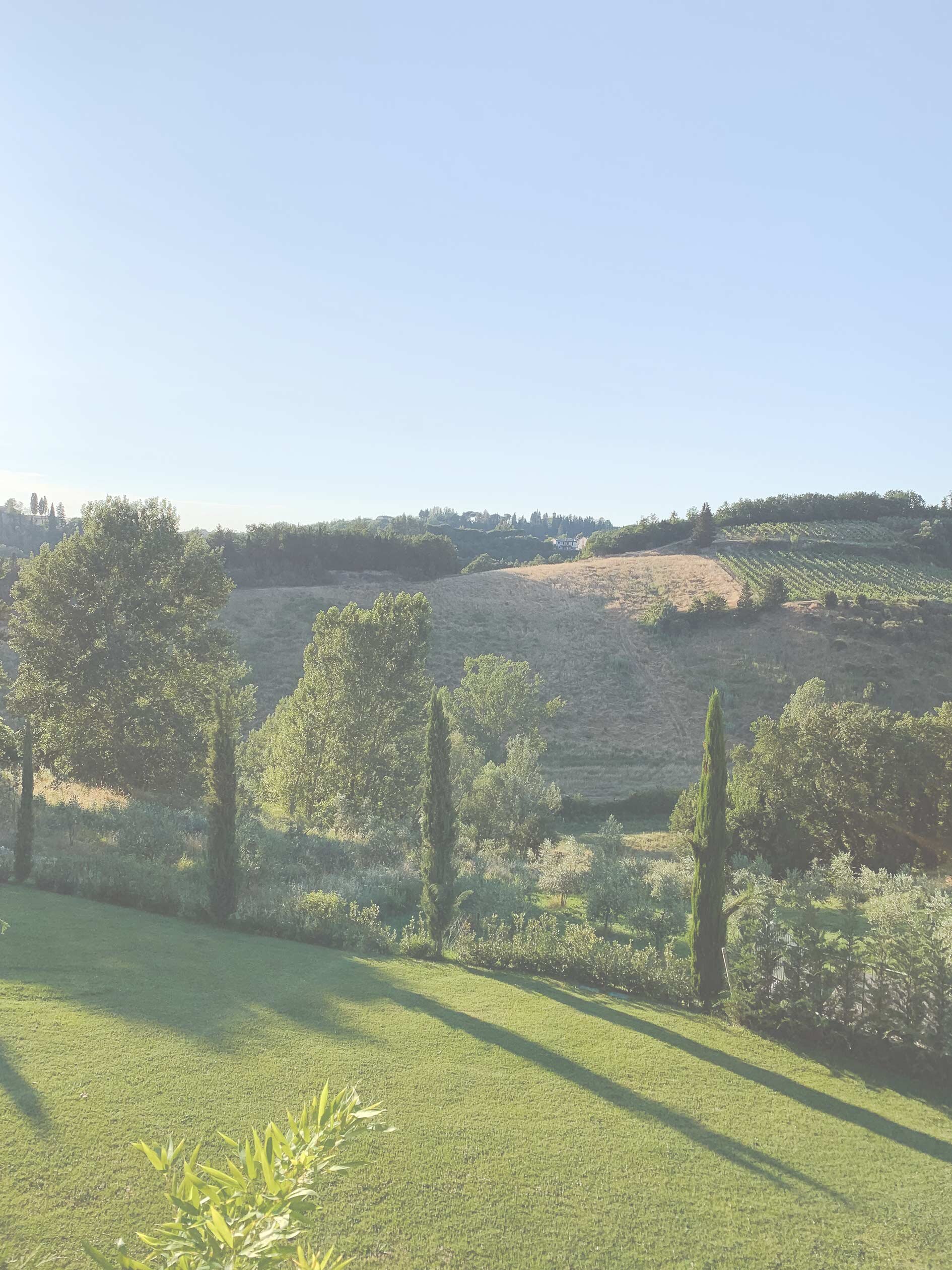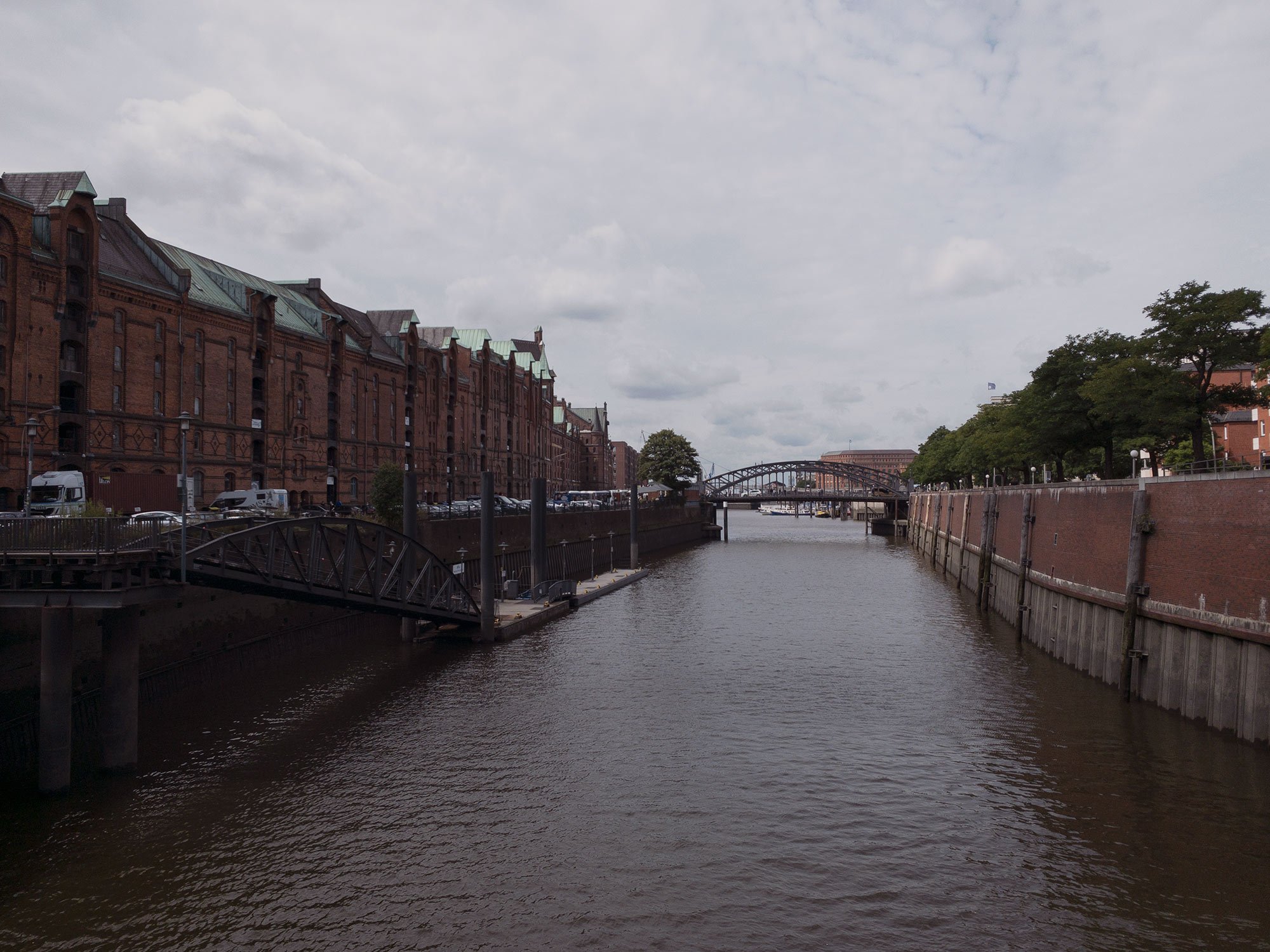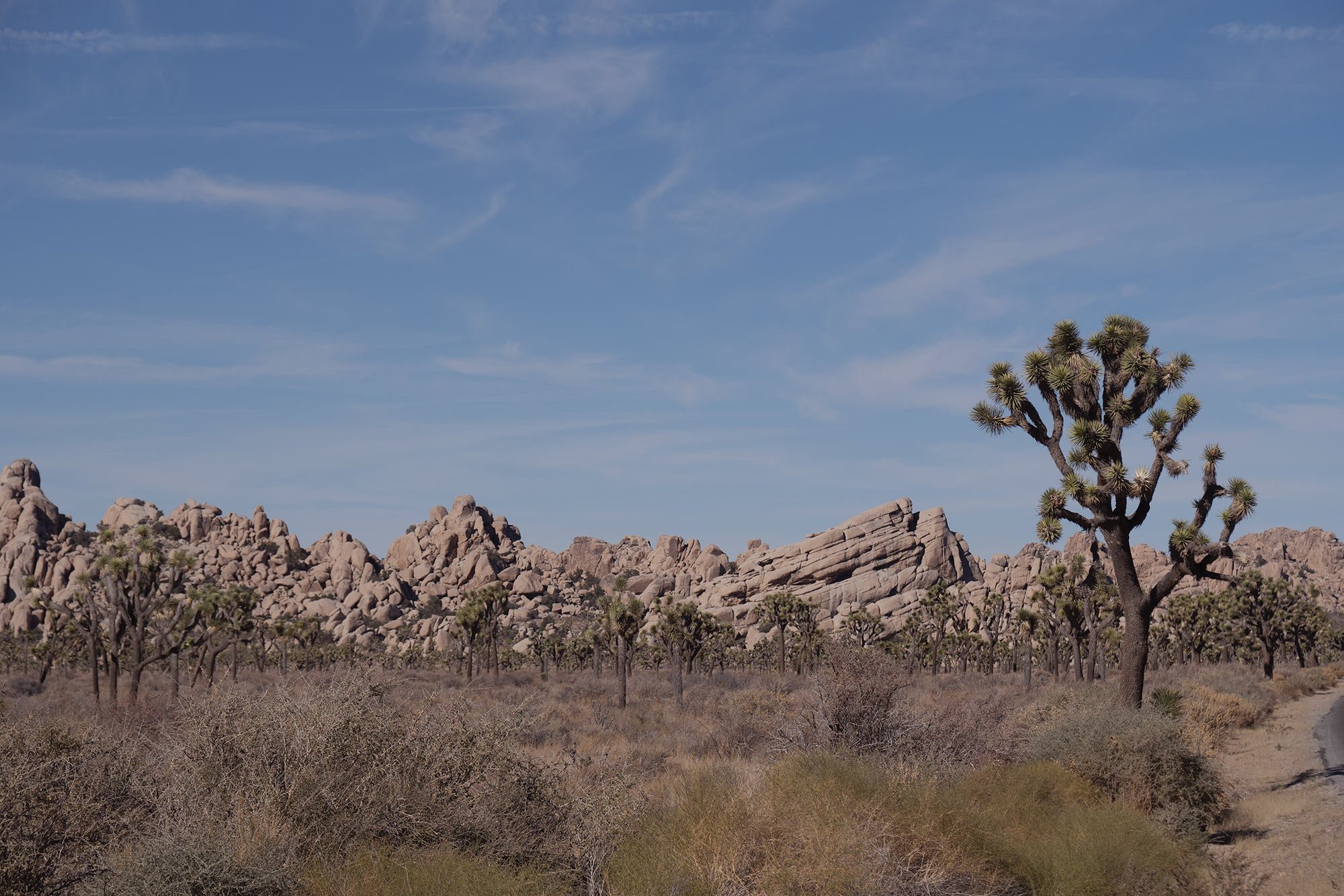
Visiting the Joshua Tree National Park
After a very relaxing afternoon in Palm Springs, we headed east in the early morning hours of Black Friday. Our final destination for this day was Las Vegas, but the journey was the destination in that case since we were planning to drive through Joshua Tree National Park and Mojave Nature Reserve, only to make a U-Turn on the next day to visit Death Valley, National Park. Since Las Vegas was literally en route in between Mojave and the Death Valley, we decided to have a pit stop there too, that we booked on that particular day. That’s how we like road trips best: spontaneous and unbound. However, our first stop was in Joshua Tree – which actually had been on my bucket list for quite a time.
We started the morning in Palm Springs and left via Interstate-1 towards Joshua Tree National Park – South Entrance. The drive became more scenic with every mile, as the highway was lined with desert sand, succulent plants, and dusky and dry air. That’s by the way why a trip in the “colder” month can be really beneficial, as, during summer, those areas can be scalding hot. Also, proper preparation is immeasurable – far too many young people pay with their lives each year because they underestimate the climatic conditions. In any case and in any season, you should always take several gallons of water with you and preferably a cooler with snacks and food.
There are three entrances to Joshua Tree National Park: the main entrance in the north near the town of Twentynine Palms, one in the west in Joshua Tree Village, and a southern entrance in Cottonwood Springs. Since we came from Palm Springs and wanted to go to the Mojave Nature Reserve after Joshua Tree Park, we drove from south to north-west through the park, which was really recommendable; as most people seemed to drive the other way around, which meant that we drove against the current and could enjoy much emptier roads and viewpoints.
Around the entrance in the south, there is a lot of desert landscapes to discover. The first visitor center offers restrooms for a short stop, and you can also buy tickets here if you don’t have them yet. But if you bought them in advance, you only have to show them at the exit in the north. We wondered if you could somehow avoid paying the entrance fee by entering and leaving the park via the south entrance since there are obviously no controls here. Basically, however, I think it is important that you pay because thereby of course money flows into the park and it is thus maintained. The national parks in America are all very clean and well maintained and it should be in all our interests that it stays that way.
Part I: the Colorado Desert in the Southeast
After the Visitor Center, our first vantage point was the Cholla Cactus Garden (we skipped Cottonwood Springs), which offers a landscape full of Cholla cacti (Cylindropuntia) in any color, even black, growing in a relatively small space. This type of cactus is also called Jumping Cholla by Americans because – if you get too close – they like to hook onto clothing and hair and are then difficult to remove. A kind of propagation tactic, because if people or animals manage to remove the spines, they usually fall to the ground in a new place and can take root.
Plenty cholla cacti (Cylindropuntia) in the Cholla Cactus Garden.
After that, we just followed the road. Pinto Basin Road runs once across Yosemite which means you can’t miss it or get lost, really.
A few miles after the Cactus Garden (coming from the south) is Arch Rock and from there on the landscape becomes significantly different. I had read somewhere beforehand that Joshua Tree can actually be treated like national parks because it combines two completely different desert types in its 1,235 square miles, which – separated by their different elevations – produce two different kinds of ecosystems. In the southeast, the Colorado ecosystem (Colorado Desert), landscape is dominated by desert and scrubland (cacti, fan palms, etc). In the northwest, the higher Mojave Desert, there are many rocks, bizarre cliffs, and the infamous Yucca Tree trees (Joshua trees or Joshua palm lilies), for which the national park is known and which gave it its name.
Fan palms and desert landscape in the southeastern part of Joshua Tree National Park.
Part II: the Mojave Desert in the Northwest
After Arch Rock, there are interesting rock formations and giant rock formations at regular intervals along the road. These were formed after Magna cooled and solidified beneath the earth’s surface. Over many millions of years, these so-called monzogranite formations were then exposed to the earth’s surface by erosion and can now be admired by us humans.
The further north you go, the more Joshua Trees there are to discover. By the way, the climate is much wetter here and the Joshua Palm Lily is an important part of the regional ecosystem, as it provides food and shelter for many desert animals. We got off again and again on this part of the route to marvel at the trees, take photos, or simply catch a few rays of sunshine.
And at some point, we were at the west entrance and thus at the end of our tour. All in all, we drove about four hours through the park, but always made short or longer breaks to admire nature. Next time – we decided – we would stay in the park or in Twentynine Palms in one of the hippy-boutique lodges and ranches (for example in Sacred Sand or in AutoCamp Joshua Tree) to explore Joshua Tree Park more extensively.
For example, we want to do a little hike through the rock formations. We just didn’t manage to do that due to the time constraints and the immense distance still ahead of us. Besides, this also requires the right preparation; there are hardly any restrooms in the park, no restaurants, diners, or stores at all, and no gas stations either. Secondly, next time we also want to take a desert night and marvel at the stars and the clear sky. This is supposed to be extremely fascinating because of the low humidity of the desert and the location far away from the glistening lights of the big cities, pitch-black nights and thus constellations, planets, meteors, shooting stars, and even distant galaxies can be seen. As I said, next time then.
For us, we headed east from Joshua Tree Park to the Mojave Nature Preserve. Also, a unique experience, about which I report next time.






